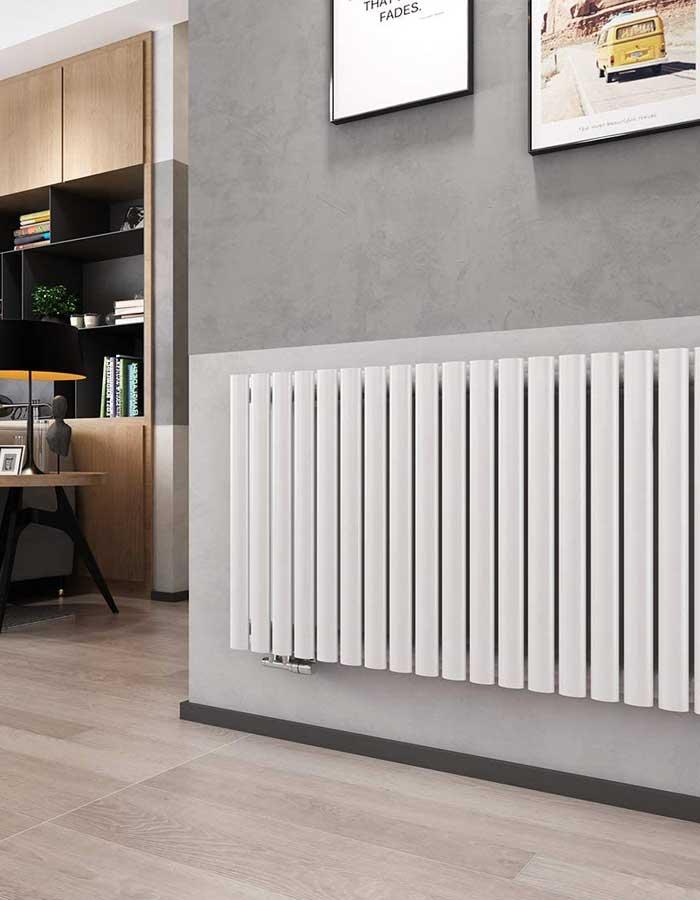The Depreciation of the Chinese Yuan and its Impact on Column and Designer Radiator Prices
Click:257 / Publish:2023-07-06 08:59
In recent times, the prices of column radiators and designer radiators in China have experienced a notable decrease. This unexpected development can be attributed to the depreciation of the Chinese Yuan (CNY) against other major currencies. In this article, we will explore how the CNY depreciation has influenced the pricing of radiators and examine the implications it holds for consumers in China.

1. Currency Depreciation and International Trade:
The depreciation of the Chinese Yuan has made imported materials, components, and finished products more affordable for Chinese manufacturers. As column and designer radiators often rely on imported materials, such as high-quality metals and advanced heating elements, the decrease in manufacturing costs has resulted in lower retail prices. This depreciation-induced price reduction has made radiators more accessible to a wider range of consumers.
2. Export Competitiveness and Domestic Market Adjustment:
The devaluation of the Chinese Yuan has also affected the competitiveness of Chinese radiator manufacturers in the international market. In an effort to remain competitive, these manufacturers have adjusted their pricing strategies by reducing prices domestically as well. The decline in radiator prices in China can be seen as a strategic response to maintain market share and stimulate domestic demand.
3. Increased Competition and Market Dynamics:
The depreciation of the Chinese Yuan has led to increased competition among radiator manufacturers, both domestic and foreign. Manufacturers strive to capture market share by offering more competitive pricing, resulting in price reductions across the industry. This intensified competition benefits consumers in China, as they have a wider range of options at more affordable price points.
4. Consumer Purchasing Power and Affordability:
With the decrease in radiator prices due to currency depreciation, Chinese consumers can now afford higher-quality column radiators and designer radiators without straining their budgets. The improved affordability allows homeowners and interior designers to invest in heating solutions that not only provide functional benefits but also enhance the aesthetics of their living spaces. This shift has contributed to a surge in demand for radiators in the Chinese market.
5. Economic Stimulus and Domestic Consumption:
The reduction in radiator prices resulting from the depreciation of the Chinese Yuan has had a positive impact on domestic consumption. As consumers are able to purchase radiators at more competitive prices, their discretionary income can be allocated to other areas, further stimulating the economy. The increased domestic consumption benefits various sectors, including construction, interior design, and home improvement.
Conclusion:
The depreciation of the Chinese Yuan has had a significant influence on the pricing of column radiators and designer radiators in China. The affordability and accessibility of these heating solutions have improved, thanks to lower manufacturing costs and increased competition among manufacturers. With the downward pressure on prices, Chinese consumers now have the opportunity to invest in high-quality radiators that provide efficient heating and enhance the visual appeal of their living spaces. As the market continues to adapt to the currency depreciation, it is expected that radiator prices will remain favorable for consumers, stimulating both domestic consumption and economic growth.



